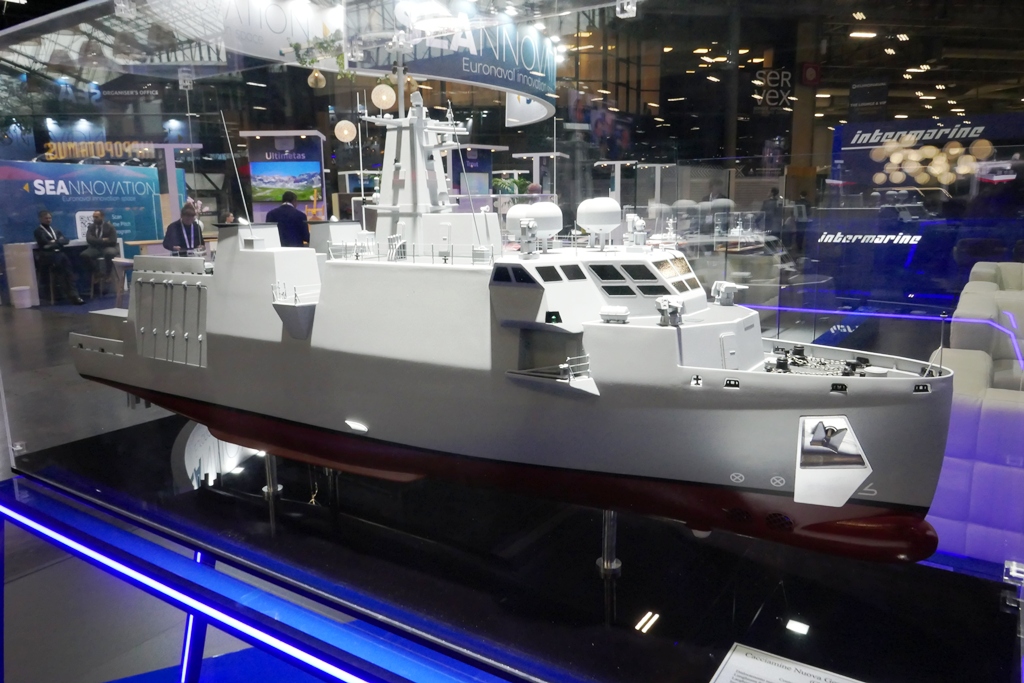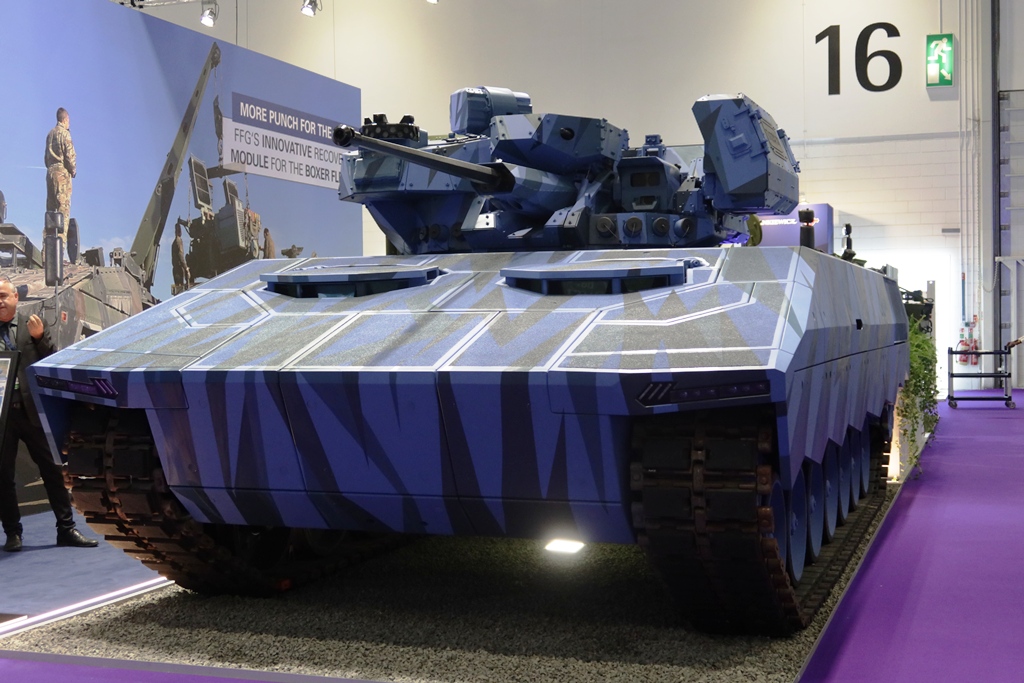Recent Airspace Incidents Escalate Tensions in the Baltic Region
Overview of Airspace Violations
On Friday, Estonia’s Ministry of Foreign Affairs summoned a Russian diplomat to register a formal protest regarding an unauthorized incursion by three Russian fighter jets into Estonian airspace. This breach lasted for 12 minutes and marks a significant escalation in transgressions by Russian military aircraft, particularly following NATO’s recent actions that included the downing of Russian drones over Poland.
Contextual Background
-
Frequency of Violations: Estonian Foreign Minister Margus Tsakhna reported that Russia has violated Estonia’s airspace four times within the current year. However, this incident stands out as exceptionally audacious.
-
Precedent in the Region: Similar incursions and drone crashes have been reported by other NATO member states, raising alarm about the potential for broader conflict escalation amid ongoing tensions related to the war in Ukraine.
Military Response and Implications
The Russian MiG-31 fighters entered airspace near Vaindloo Island, situated in the Gulf of Finland, and did so without operational flight plans or active transponders. The aircraft also lacked two-way communication with Estonian air traffic control, raising serious concerns regarding safety and sovereignty.
NATO’s Baltic Air Policing Mission
In reaction to the incursion, Italian Air Force F-35 fighter jets, currently engaged in NATO’s Baltic Air Policing Mission, were deployed to oversee the situation, exemplifying the alliance’s commitment to maintaining air security in the region.
- Political Reaction: Minister Tsakhna emphasized the necessity for a robust political and economic response to Russia’s growing military provocations, underscoring the importance of unity among NATO allies.
Intelligence Assessments on Russian Intentions
Amid these developments, Richard Moore, the head of the UK’s Secret Intelligence Service (MI6), stated there is “absolutely no evidence” that Russian President Vladimir Putin is seeking a negotiated peace in Ukraine. Moore characterized Putin’s approach as manipulative and suggested that the Russian leader is overestimating his ability to impose his will, adding:
-
Misjudged Victory: Moore indicated that Putin miscalculated his military objectives, leading to unintended consequences, such as strengthening Ukrainian national identity and accelerating Ukraine’s integration with Western nations.
-
Long-term Strategies: Analysts suggest that Putin may aim to outlast Ukraine’s Western allies in a drawn-out conflict, leveraging numerical superiority in personnel and resources.
Broader Security Implications
The ongoing conflict has alarmed European governments, as diplomatic avenues for de-escalation seem increasingly futile. Increased military activity, including airspace violations, serves to heighten the urgency for enhanced defense collaboration among NATO members.
Reinforcement of NATO Commitment
- Strengthening Alliances: The recent airspace violations signify the need for increased surveillance and readiness among NATO forces, fostering greater cooperation and strategic preparedness within the alliance.
Ukraine’s Defense Initiatives
In parallel, Ukraine is accelerating efforts to bolster its defense capabilities by:
- Expanding international partnerships
- Attracting investment into its domestic arms production
New Intelligence Initiatives
In a notable development, MI6 launched a new portal called “Silent Courier” aimed at facilitating secure communication with potential intelligence providers. This initiative allows individuals, including Russians, to confidentially communicate sensitive information linked to terrorism or hostile foreign activities.
- Outreach Strategy: Moore’s invitation to those willing to provide information reflects a broader strategy to gather actionable intelligence that could influence operational outcomes in the ongoing conflict.
Concluding Remarks
The recent airspace breaches underscore the volatile security dynamics in Eastern Europe. As NATO navigates heightened military provocations from Russia, it must enhance collective defense measures while facilitating robust communication channels for intelligence sharing. The international community continues to watch with concern as these regional tensions evolve, demanding vigilant attention from defense policymakers.





